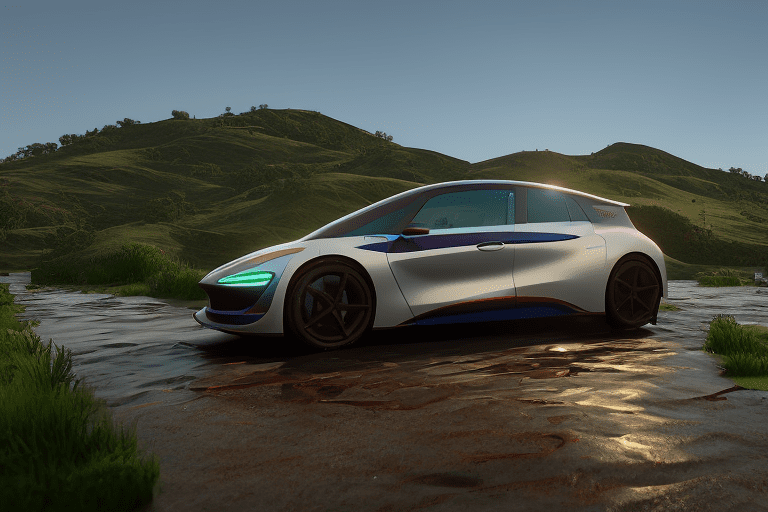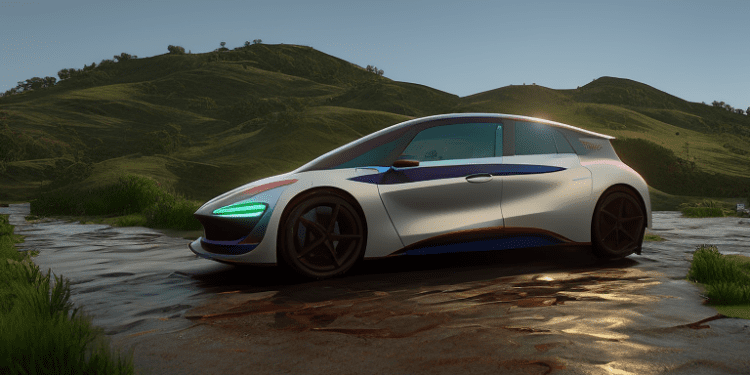On February 2nd, General Motors International President Shilpan Amin visited Colombia’s GM Colmotores Plant in Bogota, the capital of Colombia. This visit was especially significant as it coincided with the country’s Car Free Day, a day dedicated to promoting alternative mobility. During his visit, Mr. Amin asked the Colombian GM team if they were committed to making Colombia the first Latin American country to assemble their electric vehicles (EVs). The response was a resounding “Yes, sir!”
This question has sparked a wave of excitement throughout the country, as it could mean that Colombia could become the first Latin American country to produce GM EVs locally. However, there are several factors that need to be taken into consideration before this dream can become a reality. Firstly, the Colombian vehicle market is relatively small, with only 250,000 cars sold each year. This means that the plant capacity is limited to 36,000 cars a year, and most of these will be exported to other countries. Additionally, the Chevy Bolt EUV is currently being sold at 205,089,570 COP ($42,000 USD), which is too expensive for many people in the country.
In order for GM to build or assemble an EV in its Colmotores plant, it will need to fulfill one or more of these conditions: a vastly lower price for the vehicle, a focus on exports, or the means for manufacturing a low number of vehicles while maintaining profitability. It is likely that it will be a combination of lower prices and exports that will make this dream a reality.
GM’s commitment to making Colombia the first Latin American country to assemble their EVs is an exciting prospect for the country. It could mean that Colombia could become a leader in the EV revolution in Latin America and provide an affordable alternative to traditional vehicles. Only time will tell if this dream will become a reality, but for now, Colombians can continue to dream of a greener future.
FAQ
Q1. How electric car chargers work?
A1. Electric car chargers work by connecting to an electrical outlet and providing power to the car’s battery. The charger then converts the electricity into a form that the car’s battery can use.
Q2. What electric car has the longest range?
A2. The Tesla Model S has the longest range of any electric car currently on the market, with a range of up to 370 miles on a single charge.
Q3. How electric car batteries are recycled?
A3. Electric car batteries are recycled by breaking them down into their component parts and then separating out the metals, plastics, and other materials for reuse. The metals are melted down and reused in new products, while the plastics and other materials are recycled into new products.









